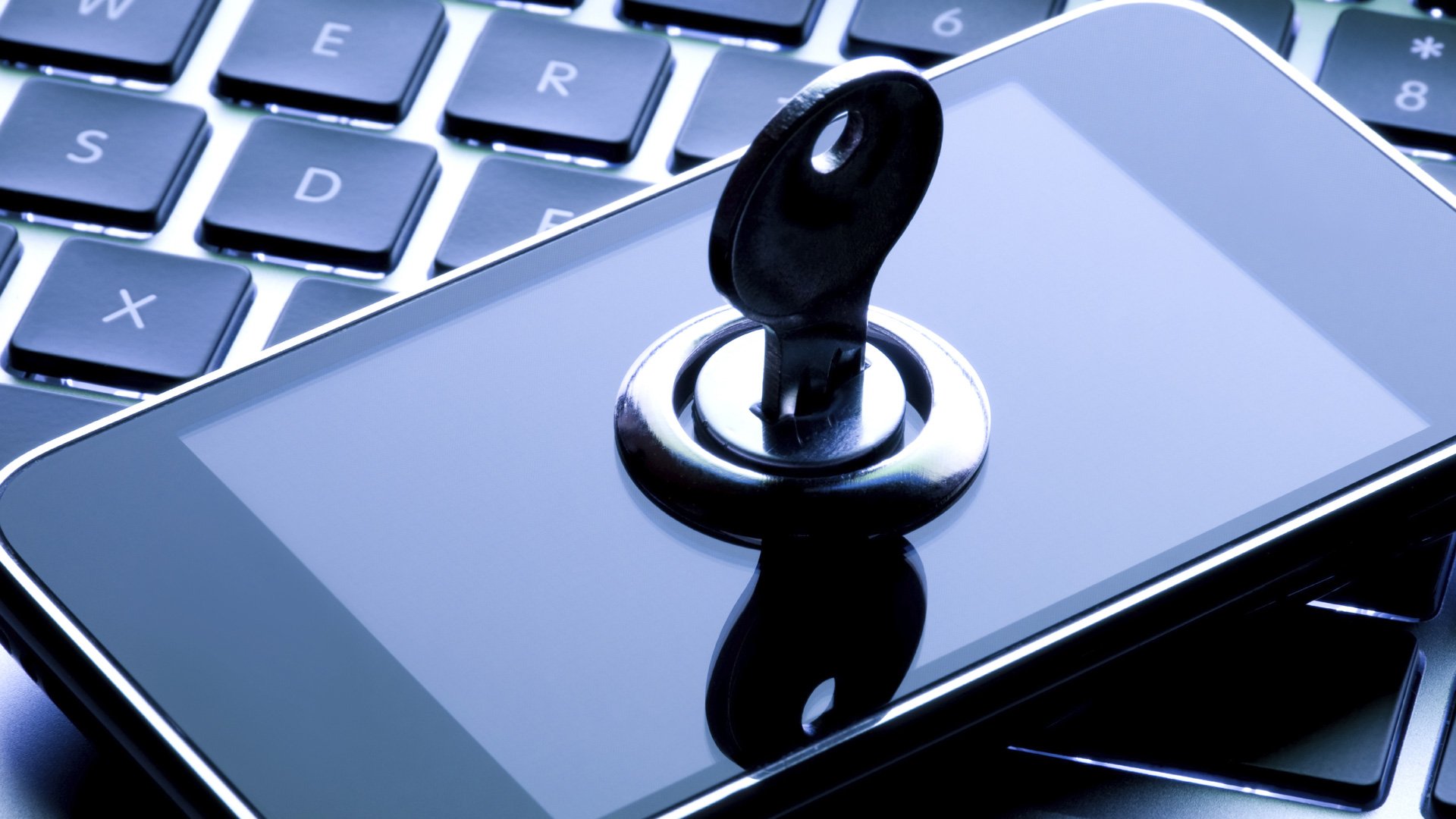1. Set a lock code
So How To Increase Security we are talking about. So from email to texts, phone book entries, and pictures, your phone has lots of personal information that’s potentially accessible to prying eyes. Bottom line: if you take your phone out of your house, you should definitely use a lock code. You can use a 4-digit PIN or an actual password with letters, numbers, and characters. This will help keep nosy people or thieves from easily accessing your information.
2. Enable ‘Do Not Track’ in your mobile Web browser
Any information you provide on a website is collected and likely used for serving you relevant advertisements. The Do Not Track option asks websites to refrain from collecting your data. The Google Chrome browser for Android and Safari on iOS will allow you to set up Do Not Track. While enabling this option does not guarantee that your data will not be collected, some websites will adhere to your preference.
3. Block your phone number when necessary
When you call a business that might collect your number, it’s a good idea to thwart its efforts. Many places will collect your number, any information attached to it, and then use it for profit. If you don’t want to toggle number blocking on and off just for businesses, you might consider using Google Voice to call businesses. Then you can very easily block any incoming call that isn’t in your phone book.
4. Avoid answering spam calls
There are a lot of telemarketing services that will call your phone just to determine if the number actually reaches a person. Once that happens, your number is put on a list that is sold to other companies, and you’ll receive even more spam calls and possibly texts. If you’re not on an unlimited plan, you may incur additional charges for text messages you didn’t want to receive in the first place.
Instead of picking up and confirming your number, use a caller ID solution to figure out who is trying to reach you. On Android, check out Current Caller ID by Whitepages, which will display caller information as small window on the incoming call screen. On iOS, you’ll have to use a slightly different approach: install Truecaller and take a screenshot of an incoming call for the app to identify the caller (the app creators say that currently there is no way to intercept the call process).
5. Use a recovery app to find a lost or stolen device
Panic strikes as you realize that your smartphone isn’t in your pocket. Where was I last?! When did I set the phone down? Did I drop it when I got out of my car? With the recovery apps on Android and iOS, you can lock down access to your device and even find its current GPS location.
6. Add owner contact info to your device
If your device gets lost in the wild and some good samaritan finds it, how will they find you? For this reason, you should add enough contact information to the device that can be used to contact you. For instance, you don’t need to provide your whole name — maybe just a first name and last initial– and a phone number of a friend or relative that can get in touch with you about your lost device. Think of it like a pet tag for your Android or iPhone.
7. Stay physically secured
Despite all your efforts blocking access to your apps, number, or other information, you are still faced with the threat of someone physically stealing your device. To combat this, Jessica Dolcourt recommends keeping a firm grip, putting the device in a hard-to-access place (tight front pocket, deep pocket in bag), and refraining from advertising the fact that you have an amazing new device. Hopefully these tips will keep your phone from taking an unwanted excursion with a thief.

I am a 33-year-old gentleman from a lower-middle-class family hailing from a small village Narasinghpur in Cuttack, Odisha, INDIA. I have a post-graduate degree in M.Tech from BITS Pilani. I started blogging back in June 2014. You can check out my journey and all that I have learnt all these years on my website.





